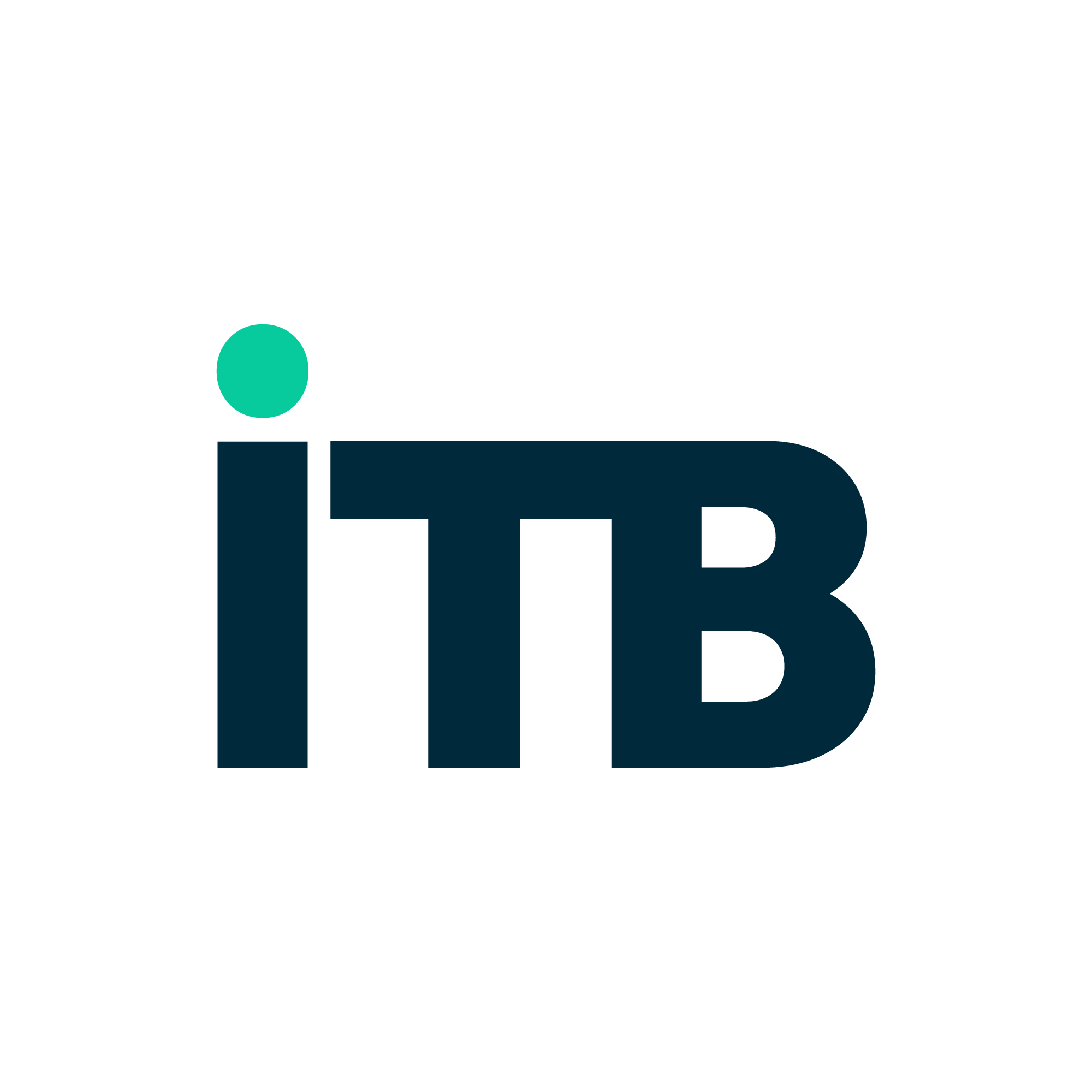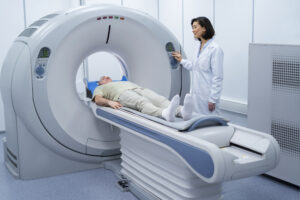The healthcare industry is undergoing a dramatic transformation, and Information Technology (IT) is at the heart of it. What was once a sector driven largely by human expertise is now becoming a sophisticated blend of people and technology — offering smarter treatments, faster diagnoses, and more personalized patient care.
From AI-powered diagnostics to remote monitoring and telemedicine, HealthTech innovations are not just reshaping medical practices — they’re setting new expectations for the future of healthcare. Let’s take a closer look at the major trends shaping the future of IT in medicine and patient care.

1. AI and Machine Learning in Diagnostics
One of the most exciting developments in HealthTech is the rise of AI and Machine Learning (ML) for diagnostics.
Faster, More Accurate Diagnoses: AI algorithms can now analyze medical imaging (X-rays, MRIs, CT scans) to detect conditions like tumors, fractures, and infections faster and sometimes more accurately than human radiologists.
Predictive Analytics: Machine learning models can predict disease outbreaks, patient deterioration, and chronic illness risks by analyzing vast amounts of health data.
By enabling early and accurate diagnoses, AI isn’t just improving patient outcomes — it’s also reducing the burden on healthcare providers and speeding up critical care decisions.
2. Telemedicine: Healthcare Without Borders
The COVID-19 pandemic pushed telemedicine into the mainstream, and there’s no going back. Today, virtual healthcare is one of the fastest-growing trends in medicine.
Remote Consultations: Patients can now meet doctors online, saving time, reducing exposure risks, and making healthcare more accessible for those in rural or underserved areas.
Remote Monitoring Devices: Wearables and IoT-enabled health devices allow real-time tracking of vital signs, sending data directly to healthcare providers.
Chronic Care Management: Patients with conditions like diabetes, hypertension, and heart disease can now be monitored remotely, ensuring better long-term management and fewer hospital visits.
Telemedicine isn’t just a convenience anymore — it’s a critical part of modern patient care.
3. Electronic Health Records (EHR) 2.0
Electronic Health Records have been around for years, but they’re evolving fast. The future of EHR is interoperable, intelligent, and patient-centered.
Interoperability: Systems are being designed to easily share data across providers, specialists, pharmacies, and even insurance companies.
Patient Access: Patients are gaining more control over their health data, able to view, share, and manage their records via apps and secure platforms.
AI Integration: Future EHR systems will use AI to automatically flag critical trends in patient data, suggest treatments, and even predict complications.
Smarter EHR systems mean faster, safer, and more personalized care — with patients at the center.
4. Robotics in Surgery and Rehabilitation
IT-driven robotics is transforming surgery and patient rehabilitation in powerful ways.
Minimally Invasive Surgery: Robotic surgical systems allow for incredibly precise movements, leading to smaller incisions, reduced recovery times, and fewer complications.
Rehabilitation Robotics: AI-powered robotic exoskeletons and therapy devices are helping patients regain mobility after strokes, injuries, and surgeries faster than traditional therapies.
In the near future, robotics will become standard practice in many healthcare settings, combining human expertise with machine precision.
5. Personalized Medicine and Genomics
Thanks to advances in data analysis and bioinformatics, healthcare is moving toward a highly personalized model.
Genomic Sequencing: AI analyzes a patient’s genetic makeup to recommend treatments that are more likely to be effective based on their unique biology.
Tailored Therapies: Personalized cancer treatments, targeted drug therapies, and even preventive care strategies are becoming possible at scale.
The future of healthcare won’t just treat illnesses — it will predict, prevent, and personalize every patient’s journey.
6. Cybersecurity: Protecting Patient Data
With the explosion of digital health records, remote monitoring, and cloud-based platforms, healthcare cybersecurity is more critical than ever.
Advanced Threat Detection: AI-driven cybersecurity tools monitor networks for anomalies and threats in real time.
Data Encryption and Privacy: Protecting patient data from breaches, ransomware, and unauthorized access is now a top priority for healthcare IT teams.
Ensuring patient trust in digital healthcare systems will require constant vigilance and smarter security technologies.



The future of medicine and patient care is not just more connected — it’s more intelligent, personalized, and patient-driven. IT innovations are allowing healthcare providers to deliver better outcomes, reduce costs, and create more meaningful patient experiences.
From AI-driven diagnostics to telemedicine, personalized therapies, and robotic surgeries, HealthTech is rewriting the possibilities of what modern medicine can achieve.
The challenge ahead? Making sure these technologies are accessible, ethical, and focused on improving human lives — because in healthcare, technology is only as powerful as the humanity behind it.



